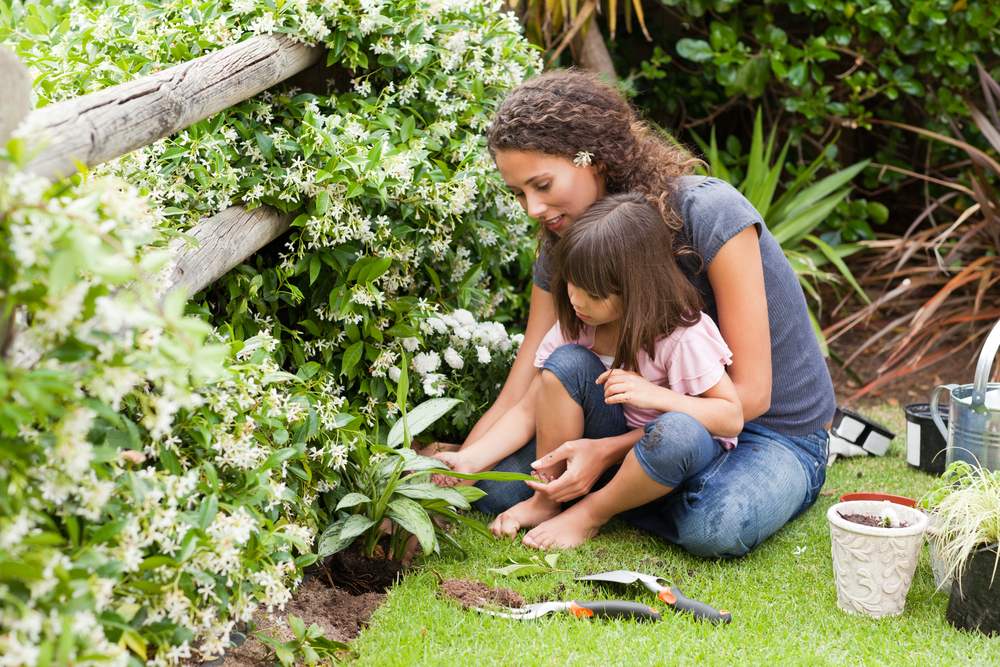
OSU Farm to School Growers Market $10 gift certificate will be available this Saturday June 20! All families who registered and received activity kits are eligible for a gift certificate.

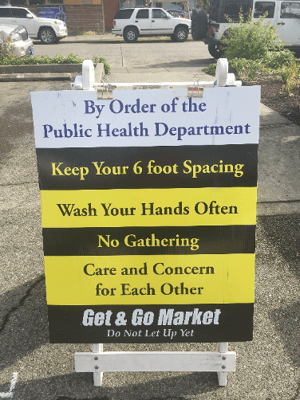 Bring your OSUFood Hero grocery bag and stop by the OSU table located next to the market manager’s booth between 9-12:30 am this Saturday to pick up your gift certificate. You can use it right away to purchase fresh local produce then go home and make you favorite Food hero recipe. The market is located on the corner of 4th& F streets.
Bring your OSUFood Hero grocery bag and stop by the OSU table located next to the market manager’s booth between 9-12:30 am this Saturday to pick up your gift certificate. You can use it right away to purchase fresh local produce then go home and make you favorite Food hero recipe. The market is located on the corner of 4th& F streets.
The market requests that you observe physical distancing, wear a face covering, wash hands and remain at home if you are ill.
Many farmers and sellers are supplying hand sanitizer and booths are set up to create physical spacing.
Did you know that SNAP -Oregon Trail Card funds can be used at farmers markets across Oregon? This is also true for the pandemic EBT card that most families in Josephine County received for 2020.
This video from NC Extension shows how easy it is to use an EBT card at a farmers market.
The local farmers markets in Josephine and Jackson County also offer Double Up Food Bucks (DUFB) when using EBT. This means a customer can get an extra $10 for each $10 in SNAP/EBT used at the market each week. It makes shopping at the farmers market affordable for everyone and supports local farmers who provide the freshest food options. Buying local means less costly transportation and less waste in the food system.
Be sure to check out the Rogue Local Flavor Guide that was in your healthy food activity kit for more information about where to access local food.
Composting is one way you can help the environment. When you make your own compost, you can save money and recycle nutrients back into your garden. Adding compost is a great way to increase the organic matter in your garden soil. Soil improved with compost acts like a sponge, so more water stays in the soil and less water runs off the surface. You can build your own compost pile or worm bin or you can buy pre-made bins.
Let learn more about the benefits of compost and how to make your own with SciShow Kids.
Did you know that you can use leaves and grass clippings as mulch in your flowerbeds or garden? You don’t even need to turn it into compost. This is a great way to recycle yard waste in the garden. Mulch is important because it helps keep the soil moist and helps prevent weeds from growing around your plants.
The National Junior Master Gardener Program has a fun interactive webpage where you can learn all about different kinds of decomposers that help with the compost process. Chapter 3 of your JMG Handbook has some more compost activities for you to explore.
Let’s check in with our friends at the Josephine County Food Bank’s Raptor Creek Farm to see how they make compost:
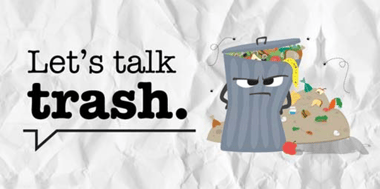 In week one we learned about how food gets from the farm to our fork as steps in the Food System. As food makes the journey from the farm to the kitchen table or restaurant, some food is wasted or spoiled along the way.
In week one we learned about how food gets from the farm to our fork as steps in the Food System. As food makes the journey from the farm to the kitchen table or restaurant, some food is wasted or spoiled along the way.
This happens because of the time it takes to transport food to the store, how long it sits on the counter or fridge before it is prepared and how much we toss out because we were not hungry or forgot to eat leftovers!
It costs money and affects our environment when we waste food.
Let’s learn how other kids are reducing food waste at home and school from this video produced by Spokane Public Schools.
Let's think beyond food waste and take a look at how recycling can also help you reduce the amount of trash that goes to the landfill. When you recycle you are turning trash into treasure. We can all make the Earth a better place when we take the time to recycle. Did you know that plastic, glass, newspaper and even tires can be recycled?
Nature has also been recycling for thousands of years. In the forest, leaves, twigs and dead plants and animals are recycled to make rich new soil. How does this happen? Small microorganisims, fungi and even worms help break down these things to turn nature’s trash into treasure. (Content from JMG Level One Handbook, Chapter 3 Ecology and Environmental Horticulture)
Sci Show explains how recycling works!
Check out this cool interactive game from the EPA's website "Recycle City." It lets you see how the people of a fictitious town reduce waste, use less energy, and even save money by doing simple things at home, at work, and in their neighborhoods.
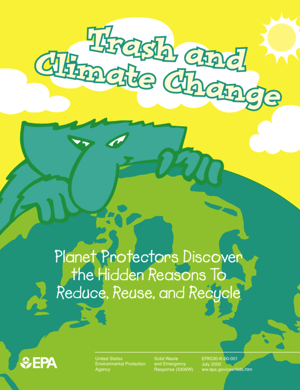 You can download a Trash and Climate Change activity book here.
You can download a Trash and Climate Change activity book here.
DID YOU KNOW:
1 ton of aluminum recycled = 13 tons of carbon dioxide prevented
1 ton of newspaper = 2.5 tons of carbon dioxide prevented
1 ton of plastic bottles saves the equivalent energy use of a household for 1 year
Glass can be recycled and reused without wearing out!Glass made from recycled material has 50% lower water related pollution
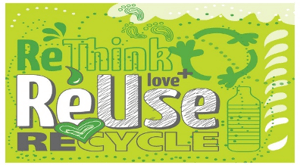
Challenge yourself this week to create an art piece using recycled materials you find in your kitchen or home.
Check out these photos for inspiration!
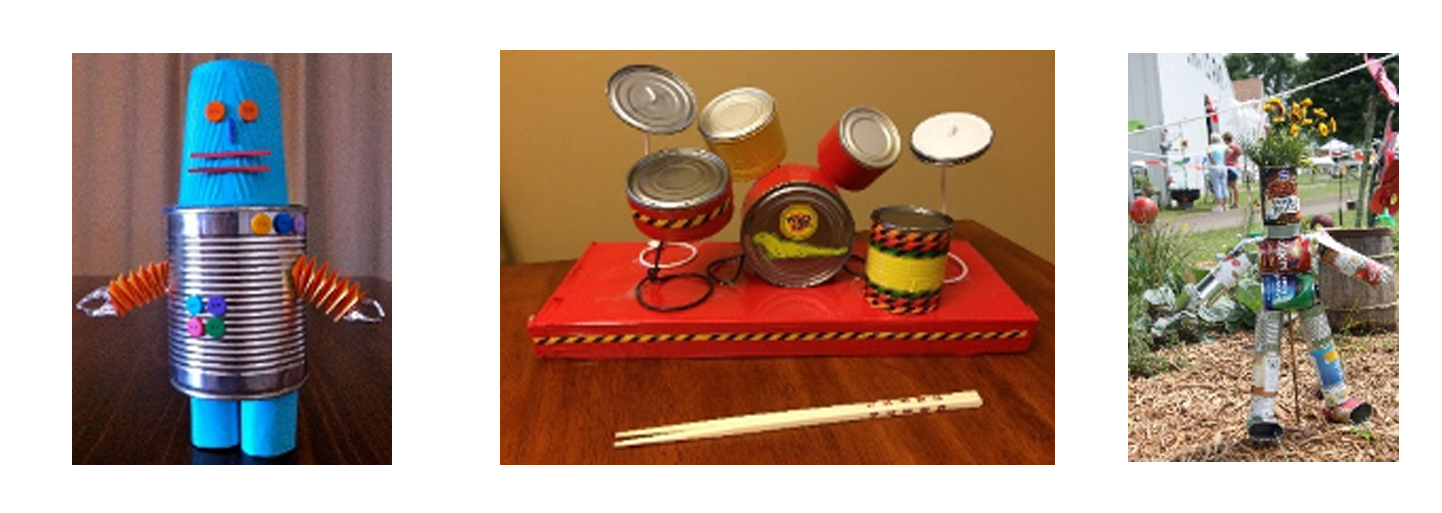
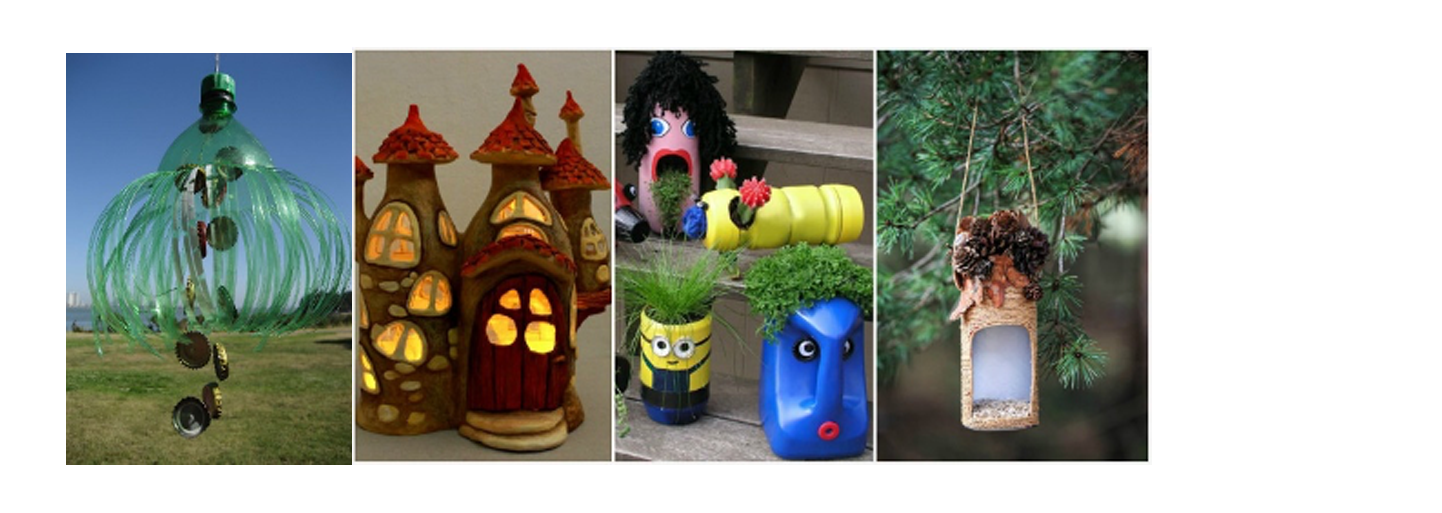
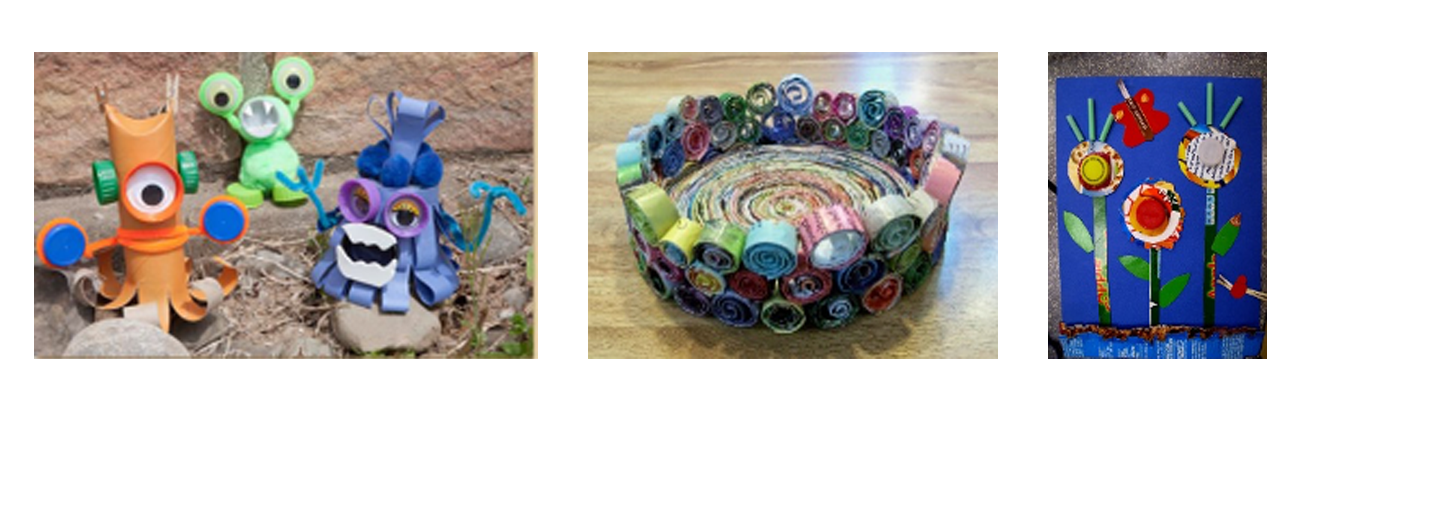 For more inspiration look at the huge 3-D sculptures created by Washed Ashore Art in Bandon, Oregon. This organization is dedicated to recycling plastic debris collected from ocean beaches to create amazing sculptures and educate the public about environmental impact of plastic on ocean and marine life.
For more inspiration look at the huge 3-D sculptures created by Washed Ashore Art in Bandon, Oregon. This organization is dedicated to recycling plastic debris collected from ocean beaches to create amazing sculptures and educate the public about environmental impact of plastic on ocean and marine life.
Your Jr. Master Gardener Handbook has more Eco-Art activities for you to explore. Check them out on pages 59-62. You can even make a scarecrow for your garden using recycled materials!
Share your recycled art or home recycling center or home compost system by uploading a photo to the gallery or emailing to erika.peterson@oregonstate.edu (be sure to include your first name and last initial with the photo).
Did you know you can save up to $1,400 a year by cutting down on food waste at home? Here are some facts and tips for saving money and eating well.
Parents, you can learn more about compost in Chapter 2 of the Seed to Supper book.
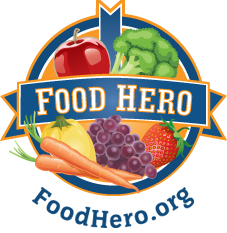 What are your family’s favorite berries? Oregon grown berries like strawberries, blueberries, Marion berries are available frozen year round, canned for delicious desserts and fresh in the summer at u-pick, farm stands, farmers market and the grocery store. Look for fresh berries starting now through July! Check out these Food Hero tips for strawberries.
What are your family’s favorite berries? Oregon grown berries like strawberries, blueberries, Marion berries are available frozen year round, canned for delicious desserts and fresh in the summer at u-pick, farm stands, farmers market and the grocery store. Look for fresh berries starting now through July! Check out these Food Hero tips for strawberries.
Meet a Farmer - This story is about an Oregon farm family who grow berries and sell them at a farmers market.
